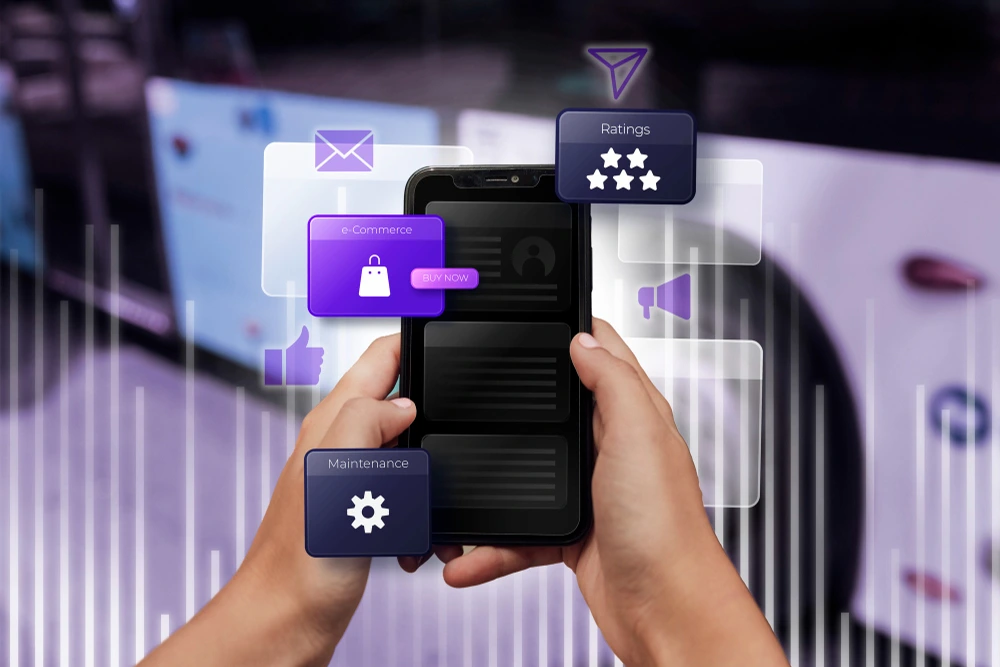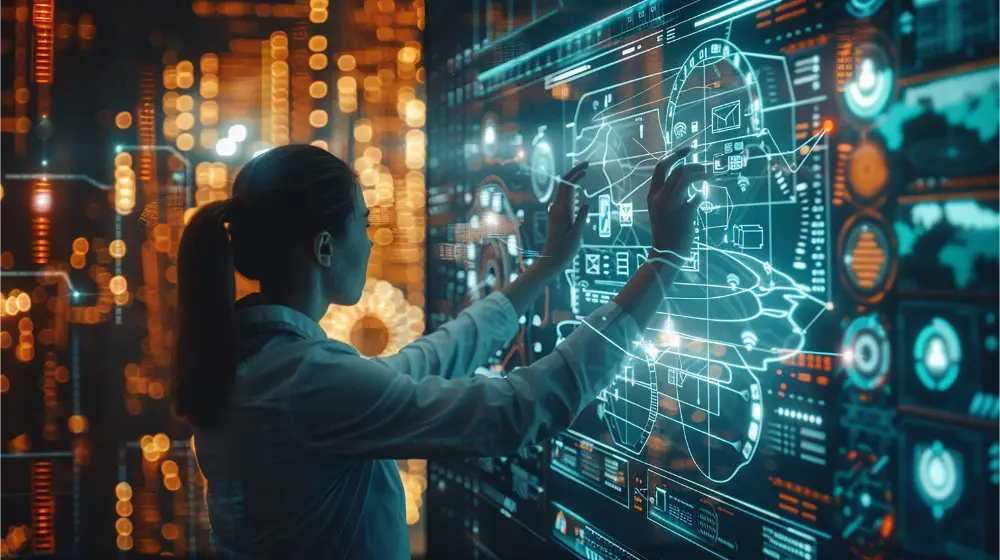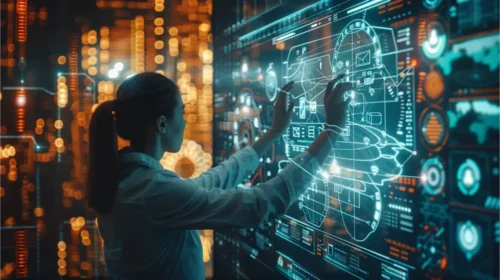
7 Simple Ways to Optimize Your Cloud
28 September 2018
ELK STACK: A Perfect Guide for Log Analysis
8 October 2018

Published by
BluePi
Data-Driven Business Transformation
Legacy App Modernization Challenges
No enterprise can keep its software applications relevant and profitable without optimizing user experience. The user experience delivered by a software application depends on its accessibility, functionality, performance, usability, and security. Unlike new age software applications, legacy software applications are not developed by targeting multiple browsers, operating systems, and devices.
The enterprises must modernize their legacy software applications and solutions to make them deliver optimal user experience and prevent from becoming obsolete. An enterprise can modernize its legacy apps in a number of ways. But the legacy app modernization strategy must identify and address a number of challenges to reduce modernization time and cost.
7 Challenges Enterprises Have to Address while Modernizing Legacy Software Applications
1) Deciding the Right Legacy App Modernization Approach
An enterprise can modernize its legacy software applications in a number of ways. But each legacy app modernization approach has its own pros and cons. Hence, managers often find it challenging to decide the most appropriate approach. The managers must compare various approaches based on key parameters like the complexity of the system, precise modernization objectives, and the availability of skills and resources.
2) Eliminating Legacy Barriers
The modern software applications are developed by targeting a variety of devices, platforms, and browsers. But the legacy applications are designed to meet specific needs or work in a particular environment. Their closed and inflexible architecture even makes the apps incompatible with commonly used web and mobile protocols and APIs. The modernization strategy must identify and eliminate a number of legacy barriers to modernize the existing apps.
3) Balancing Extended Functionality and User Experience
While modernizing a legacy software application, the enterprises must explore ways to extend its functionality and improve its user experience. Unlike modern software applications, legacy apps normally do not focus extensively on performance and user experience. Also, they lack the built-in security features required to protect business and user data from emerging security threats. Hence, managers find it challenging to add new functionality to the legacy app, along with modernizing its user interface (UI) and optimizing its user experience (UX).
4) Integrating On-Premise and Cloud Infrastructure
While modernizing a legacy app, many enterprises opt for cloud computing to avail benefits in terms of cost, flexibility, accessibility, availability, and security. But most legacy applications are developed and deployed with on-premise infrastructure. The enterprise has to abandon its existing software, hardware, and servers while migrating to the cloud. Hence, enterprises must explore ways to integrate and synchronize their on-premise and cloud infrastructure seamlessly. The seamless integration is one of the major challenges in both cloud migration and legacy app modernization.
5) Adopting and Managing Constant Changes
The developers need additional time to modernize large and complex legacy apps. They also need to ensure that the app is being modernized without disrupting business processes and operations. Hence, there are always chances that the business requirements and industry trends may keep changing during the modernization process. The enterprises can easily manage frequent changes in business needs and industry trends by switching from waterfall to agile methodology. But agile methodology requires them to revamp the existing work environment and deploy cross-functional teams.
6) Evaluating the Software under Real User Conditions
While modernizing a legacy application, the developers make major changes to its source code. Some of these code changes can impact the application’s user experience directly and negatively. The enterprises need to deploy skilled testing professionals and invest in robust test automation tools to accelerate the testing process and produce accurate test results. But the enterprises still need to get the modernized application tested under real user conditions to assess its user experience precisely.
7) Reducing Modernization Time and Cost
A number of studies suggest that an enterprise can save both time and money by opting for modernizing the legacy app instead of rewriting legacy apps. But the legacy app modernization strategy must focus on reducing both modernization time and cost. The enterprises can speed up legacy app modernization by investing in licensed software development and testing frameworks. But the option makes it difficult for the project managers to curtail overall legacy app modernization cost.
On the whole, an enterprise must modernize its legacy software applications to add new capabilities, improve user experience, and keep them relevant. But the managers must address a number of legacy app modernization challenges while preparing the modernization strategy. The challenges in legacy app modernization still differ according to the type and complexity of the legacy application, business needs and goals, and specific modernization scenarios.


































